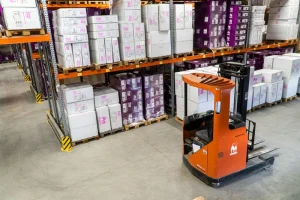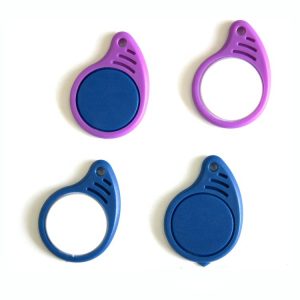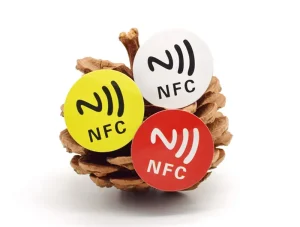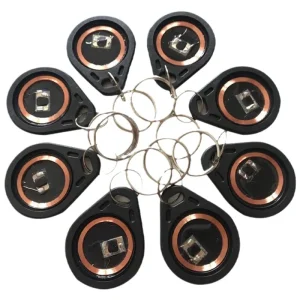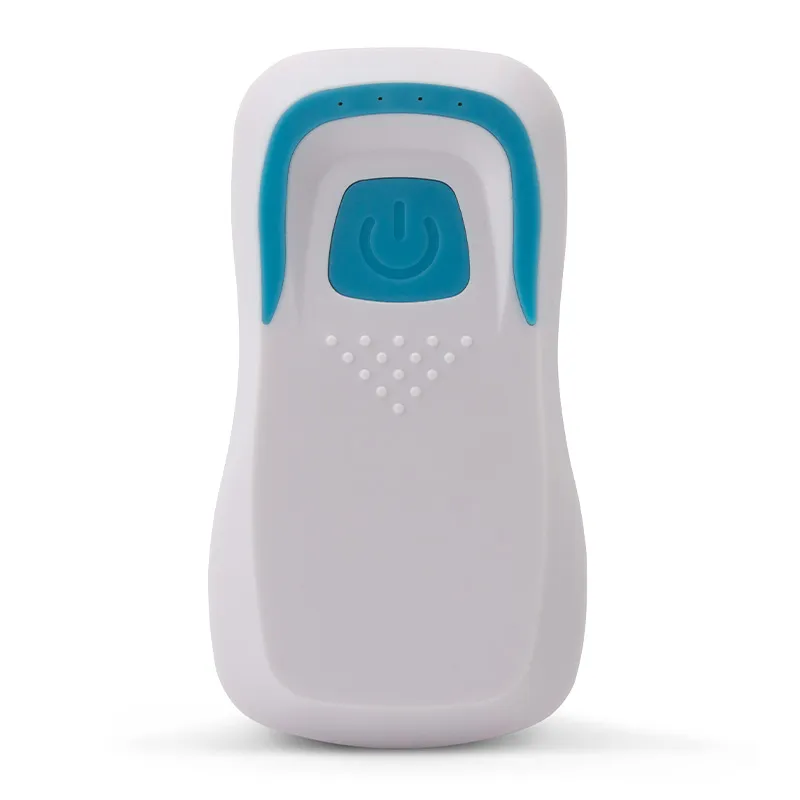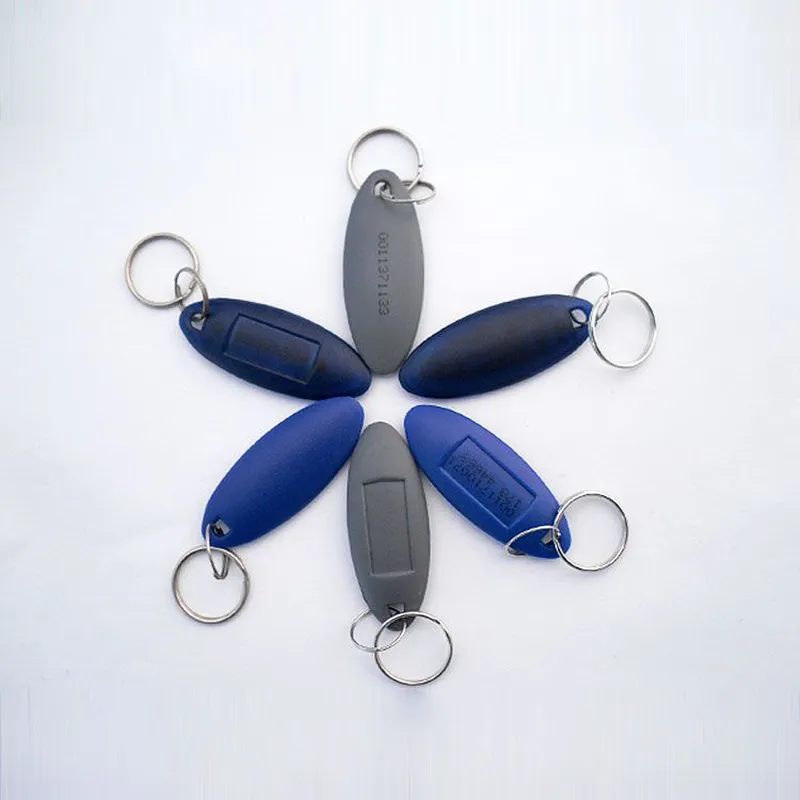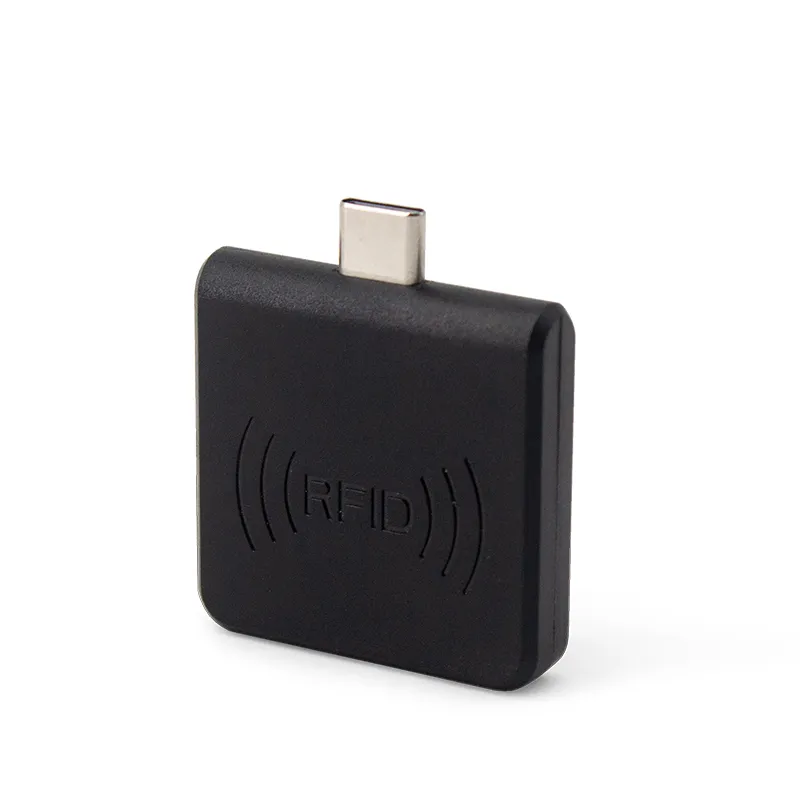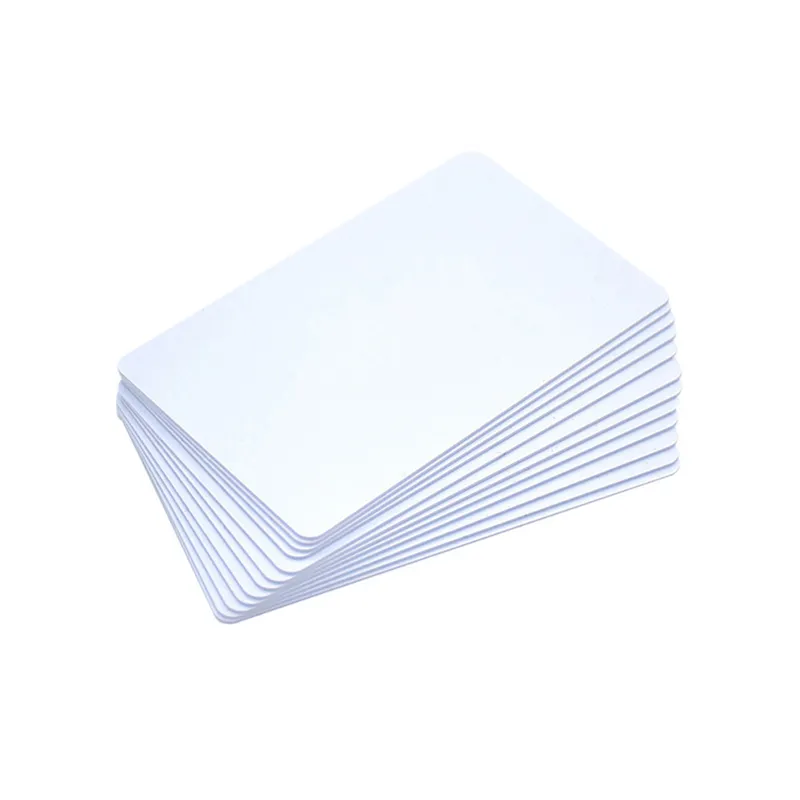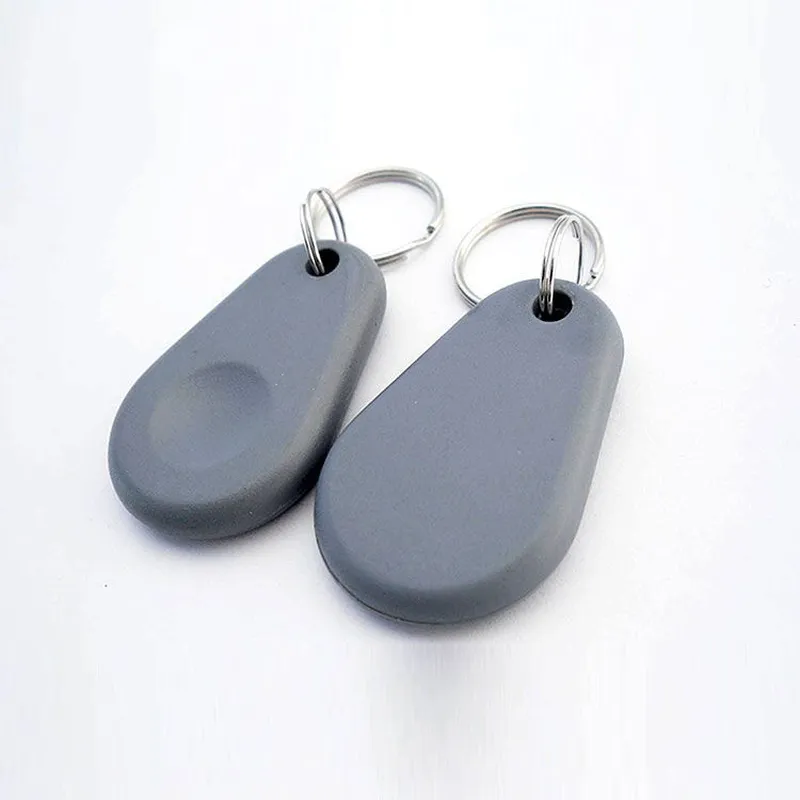RFID Smart Bin Cim npe
CATEGORIES
Cov khoom tshwj xeeb
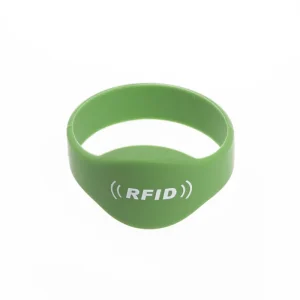
Dab teg Band Access Control
Lub dab teg Band Access Control yog cov cuab yeej siv tau thiab xis nyob…
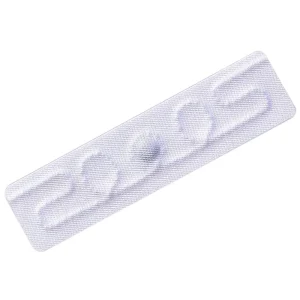
Hnub UHF
RFID Tag UHF Laundry Tag 5815 yog ib qho ruaj khov…
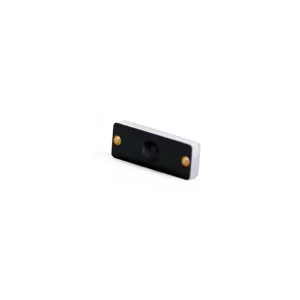
RFID Cim npe rau kev tsim khoom
Size: 22x 8 mm, (Qhov: D2mm * 2) Thickness: 3.0mm tsis muaj IC pob, 3.8mm…
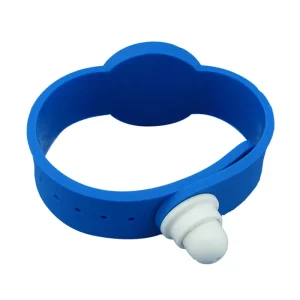
Wristband Access Control
Tus neeg muag khoom ntawm PVC RFID Wristband Access Control yog qhov tseem ceeb rau cov neeg siv khoom…
Xov xwm tshiab
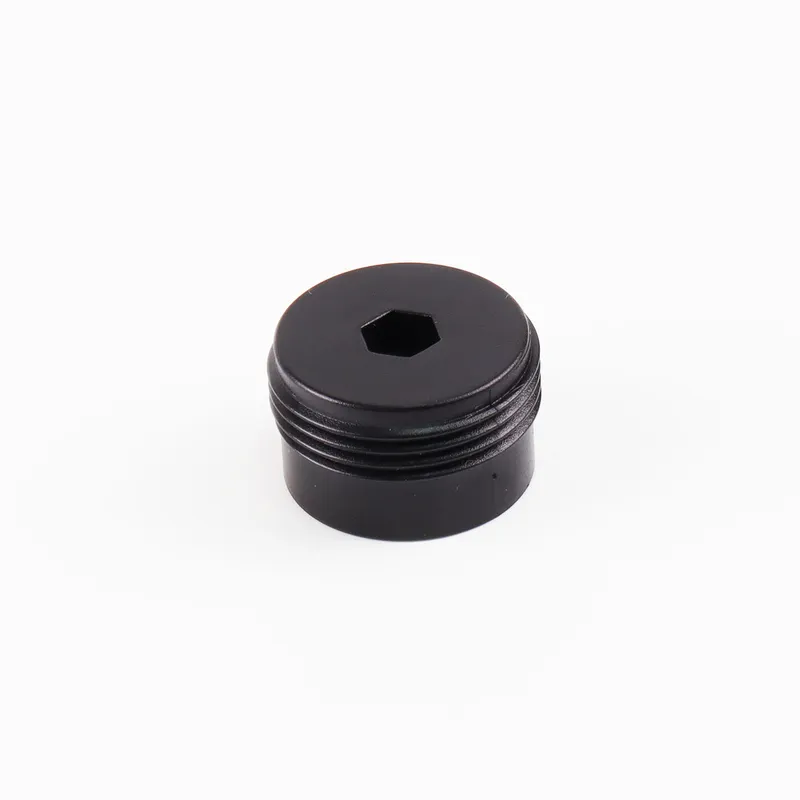
Qhia luv luv:
RFID Smart Bin Tags txhim kho kev tswj cov khoom pov tseg thiab kev ruaj ntseg ib puag ncig los ntawm kev txheeb xyuas thiab taug qab cov dej khib nyiab, sorting zoo, thawv nqa, thiab hnyav. Lawv muab lub sijhawm taug qab ntawm cov dej khib nyiab sib txuas, thawv sorting, thiab hnyav. RFID thev naus laus zis kuj tseem pab txo cov peev txheej pov tseg thiab ua paug. Muaj nyob rau hauv HF lossis UHF, lawv muaj kev txhim khu kev qha thiab compatibility.
Qhia rau peb:
Product Detail
RFID Smart Bin Tags coj qhov zoo tshaj plaws rau kev tswj cov khib nyiab, uas tsis tsuas yog txhim kho kev ua haujlwm ntawm kev tswj cov khib nyiab tab sis kuj txhim kho ib puag ncig kev ruaj ntseg.
RFID bin tags txhim kho kev tswj cov thoob khib nyiab los ntawm kev txheeb xyuas thiab taug qab cov dej khib nyiab, sorting zoo, thawv nqa, thiab hnyav. Cov txiaj ntsig no txhawb kev tswj cov thoob khib nyiab, quality, thiab sustainability.

Parameters
- Yam khoom NO: CC001 J2415 RFID ntse tag
- PRODUCT SPECIFICATION
- DIMENSION(+-/5%) 24*15mm
- Kev khiav hauj lwm zaus HF: 13.56 Mhz/UHF: mh. 860-960
- Plhaub khoom ABS(Polyvinyl Engineering Plastics)
- Txhim kho txoj kev Hniav ntxig
- Xim xim dub / liab / xiav / daj /(customizable)
- Chip lub neej Sau 100,000 sij hawm thiab khaws cov ntaub ntawv rau 10 years
- Cov khoom hnyav 5 g
- Kev cia khoom -30 ° C to +85 ° C
- Kev tiv thaiv qib:
- Qhov siab tshaj plaws ntsuas kub ntsuas kub 85 ℃
- 60 s/chaw kub kub tuaj yeem nyeem tau ib txwm
- IP65
- Ua hauj lwm hom Passive
- compressive zog
- Package method Carton (Kev ntim khoom zoo)
- Nyeem nrug Nyeem ntau:
- Kho tshuab:2.3 'meter' / Handheld tshuab:1.2 meters
- Machinable txheej txheem xaiv
- Kev them nyiaj yug raws tu qauv 14443A/15693/IS018000-6C
- Txhawb nqa nti:
- NXP:UCODE8\9, NTAG 213, MF1-S50, ICODE SIiAlien:Higgs-9 Fudan:f08 pom: Monza R6 / M4QT
(Lwm cov chips tuaj yeem hloov kho)
Advantages
- kev txheeb xyuas cov thoob khib nyiab thiab traceability: RFID cov cim npe kom raug txheeb xyuas cov hauv paus chiv keeb, kinds, thiab txoj kev kho mob, tso cai rau txhua qhov kev sib txuas ntawm cov kwj khib nyiab los saib xyuas thiab sau tseg.
- Saib xyuas sorting zoo: Cov cim npe tuaj yeem sau cov thawv pov tseg hauv lub sijhawm tiag tiag, pab cov neeg ua haujlwm kom paub meej txog kev tuav pov tseg thiab rov ua dua tshiab.
- RFID thev naus laus zis taug qab cov naj npawb ntawm lub sijhawm ntim khoom thiab nws qhov hnyav.
- Ntau yam kev siv tshuab: Cov neeg tsim khoom hauv lub thawv thiab cov thawv ntim khoom tuaj yeem xaiv cov khoom siv tsis siv neeg tsis sib cuag ntawm LF, HF, lossis UHF nyob ntawm lawv qhov kev thov.
- RFID cov cim npe yog dej tsis qab, tshuaj-pov thawj, shock-proof, thiab kub-pov thawj, ua rau lawv ruaj khov hauv qhov chaw nyuaj.
- Bin Tag tuaj yeem muab tso rau thiab muab tso rau hauv ntau qhov sib xyaw ua ke, suav nrog hlau thiab DIN 30745 yas thawv.
- Cov koom haum tswj cov khib nyiab tuaj yeem ua ntau qhov kev txiav txim siab thiab kev txiav txim siab los ntawm kev sau thiab tshuaj xyuas RFID rau hauv cov ntaub ntawv.
- Environmental sustainability: RFID thev naus laus zis tau txheeb xyuas thiab rov ua dua cov khib nyiab, txo cov peev txheej pov tseg thiab cov pa phem.

Nta:
- Muaj nyob rau hauv HF lossis UHF
- On-demand encoding thiab ntim kev pabcuam
- Txhim khu kev ua tau zoo – 2 xyoo warranty
- Yooj yim ua ke
- Tamper-resistant
- Kev sib haum xeeb dav
- Reliable, kev ua tau zoo ib yam
Application
- Chaw ua si scenic: Lub tiaj ua si scenic cheeb tsam cov yam ntxwv txhim kho ib puag ncig, muab cov neeg ncig teb chaw scenic cheeb tsam ntawm humanistic thiab artistic zoo, thiab coj lub neej ntsuab ntawm thaj av ntawm nws daim ntawv thov. Kev txawj ntse rubbish tuaj yeem tsav kev tsim thiab txhim kho txhua tus neeg txoj kev xav zoo nkauj, txhawb scenic cheeb tsam economic kev loj hlob.
- Cov chaw lag luam: Cov thoob khib nyiab ntse hauv cov khw muag khoom lag luam tuaj yeem txiav txim siab lub peev xwm ntawm lub thoob thiab muab cov kev pabcuam ntse kom txo qis cov nqi ua haujlwm thiab txhawb kev paub txog ib puag ncig thiab kev cais cov khib nyiab..
- Chaw ua si lossis chaw ua si menyuam yaus: Muaj yeeb yuj thiab zoo nkauj ntse thoob khib nyiab tuaj yeem qhia cov paib yuav ua rau menyuam nyiam, pab lawv muab pov tseg kom zoo, tsa kev paub txog kev cais cov khib nyiab, thiab ua tiav siv txoj cai cais cov khib nyiab uas twb muaj lawm.
- Recycling thiab cais cov khib nyiab: RFID cov neeg nyeem thiab cov kws sau ntawv khaws cov ntaub ntawv hauv lub sijhawm tiag tiag thiab txuas mus rau kev tswj hwm keeb kwm yav dhau los ntawm kev tswj tus kheej lub network uas siv cov thev naus laus zis tshiab tshaj plaws hauv Is Taws Nem ntawm Yam.. Qhov no suav nrog RFID cim npe ntawm cov thoob khib nyiab (tsau-point barrels, thauj thoob), RFID nyeem ntawv thiab sau ntawv ntawm cov tsheb thauj khoom khib nyiab (cov tsheb loj, siv tsheb thauj khoom), tsheb RFID tag, thiab cov neeg nyeem daim npav tsheb ntawm lub zej zog nkag. Thus, kev koom tes ntawm cov ntaub ntawv hauv lub sijhawm xws li tus lej, kom muaj nuj nqis, weight, time, thiab qhov chaw ntawm cov khib nyiab thiab cov tsheb thauj khoom tuaj yeem ua tiav, tso cai tag nrho saib xyuas thiab traceability ntawm khib nyiab hauv zej zog sorting, transportation, thiab tom qab ua tiav, xyuas kom cov khib nyiab kho thiab kev thauj mus los zoo thiab zoo.

![Rfid Tag Manufacturers [Lag luam wholesale | Dos | Odm]](https://www.fjrfidfactory.com/wp-content/uploads/2024/04/logo.webp)
